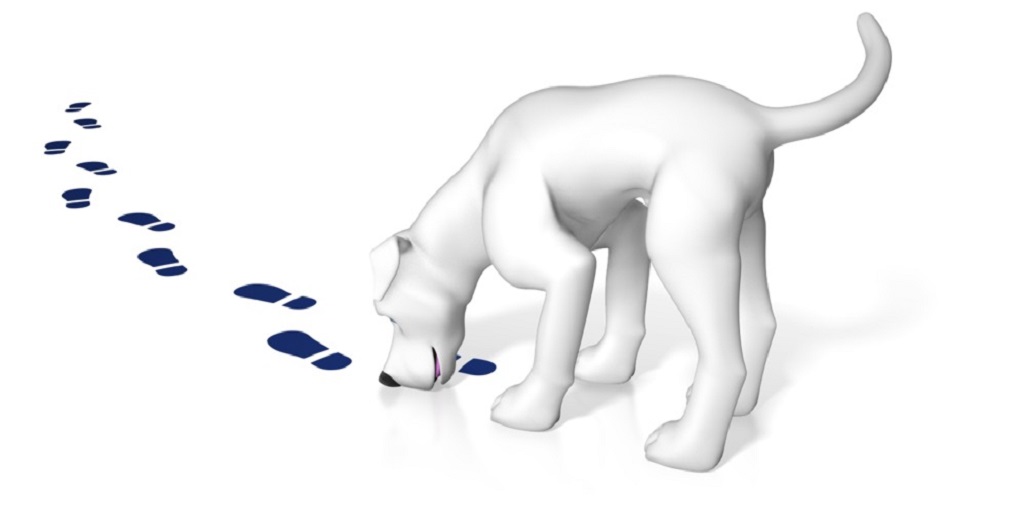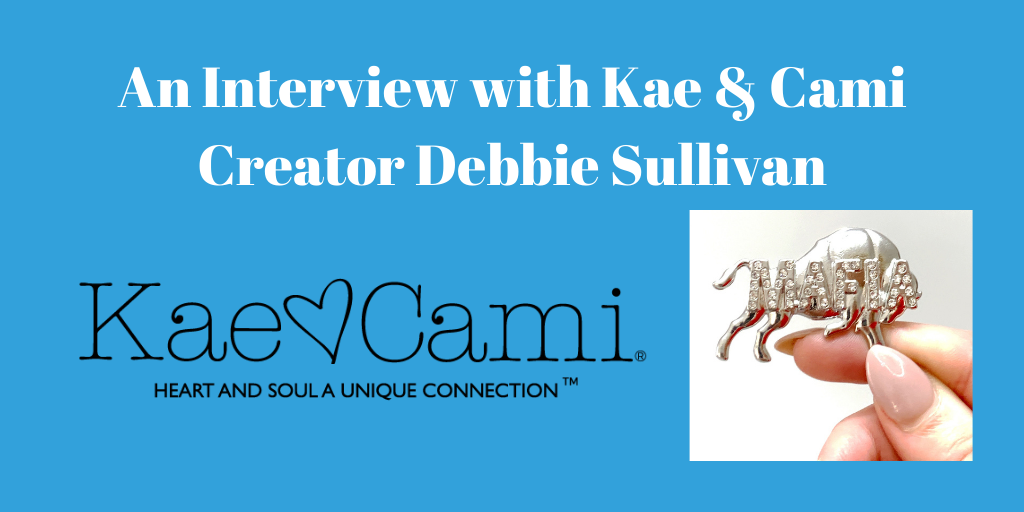Animal Patents: Where do we draw the line?
According to the United States Patent and Trademark Office (USPTO), a patent is defined as a property right granted by the Government of the United States of America to an inventor “to exclude others from making, using, offering for sale, or selling the invention throughout the United States or importing the invention into the United States” for a
In 1987, the USPTO announced that it “now considers non-naturally occurring, nonhuman, multi-cellular living organisms, including animals, to be patentable subject matter.” The USPTO issued the first patent for an animal to Harvard University in 1988 for the “Oncomouse,” a mouse genetically modified to develop cancers to mirror human diseases. The United States became the first country in the world to issue a patent for an animal.
The public scrutinized this decision by the USPTO. In 1987, Congress took a deeper look at this issue and considered a moratorium on animal patents, but concluded that the patenting of non-human subject matter would continue. In addition, many animal protection organizations tried to challenge the patenting of animals, yet were unsuccessful.
The American Anti-Vivisection Society (AAVS) believes that it is an unethical and inappropriate use of the patent system to issue patents for sentient beings. In 2008, the U.S. Patent and Trademark Office agreed with AAVS’s request to rescind a patent that had been granted for rabbits whose eyes were intentionally damaged to serve as a model for “dry eye” conditions in humans In addition, the government has rejected some controversial proposed patents, such as the “humanzee,” a half man and half chimp. The USPTO denied the patent application in 2005 because it was too human.
In 1999, U.
Since 1987 when the USPTO announced that animals are “patentable subject matter,” over 660 patents have been granted on animals. Some examples include:
-genetically manipulated mice and frogs for use in testing nerve gas, derived through research funded by the U.S. Army;
-horses and mice who have been implanted with thymus and liver organs from a human fetus of approximately 24 gestational weeks; and
-rats whose brains were injected with aluminum salts to induce Alzheimer’s disease, a uniquely human malady.
In this day and age where science has expanded into such a realm of infinite possibilities, there does exist other ways to research and test diseases, vaccines, genetics, etc. The use of cell lines and cell tissues is a substantial alternative to the patenting of animals. Instead of testing animals, scientists and researchers can use the cells of the animals in a controlled environment and do much of the same type of testing without the harm of animals. We are no longer in a time period 
In addition, the boundaries of what constitutes intellectual property and what does not becomes a grey line with the introduction of living mammals. Here is some food for thought: If the humanzee patent was denied because it is too human what does it say for our outlook on animals? While humans are the highest entity on the dominance hierarchy, is it still okay in this day in age for us to patent animals and play with genetics? Is it okay to combine the genetic makeup of animals, but not humans? How do we know where the boundary is drawn on patents? Why does the boundary stop at the patenting of humans, yet the USPTO continues to grant animal patents?
Here are some facts about animal patenting in the United States:
• 122 animal patents have been derived from federally-funded research
• 32 animal patents require human body parts in an animal
• 30% of all animal patents require human genes in an animal
• 18% of patented animals are not genetically engineered, instead they are principally
poisoned, diseased, or surgically altered animals
• Foreign entities own one-third of U.S. animal patents
• 94% of animal patents cover warm-blooded animals
• 12 patents cover dogs
• 54% of animal patents are primarily for ‘disease models;’ 46% are for other purposes, including bioreactors, drug screening, and undifferentiated research





May 31, 2014 @ 8:01 pm
IR illuminators can help make up for the low luminosity levels but only at a short range.
The publication of Charles Lamoureux’s interview on UFOAM generated significant
public response, including the following comment posted to You – Tube by Vancouver technical writer Jacob De Camillis who asks ‘I
wonder if Charles Lamoureux is related to my grandfather, Leonard Lamoureux, the man who took Vancouver’s 1937 photograph of’ a UFO hovering over city hall.
That’s why umpteen of our merchandise enact not clock in cover customary IR illuminators.